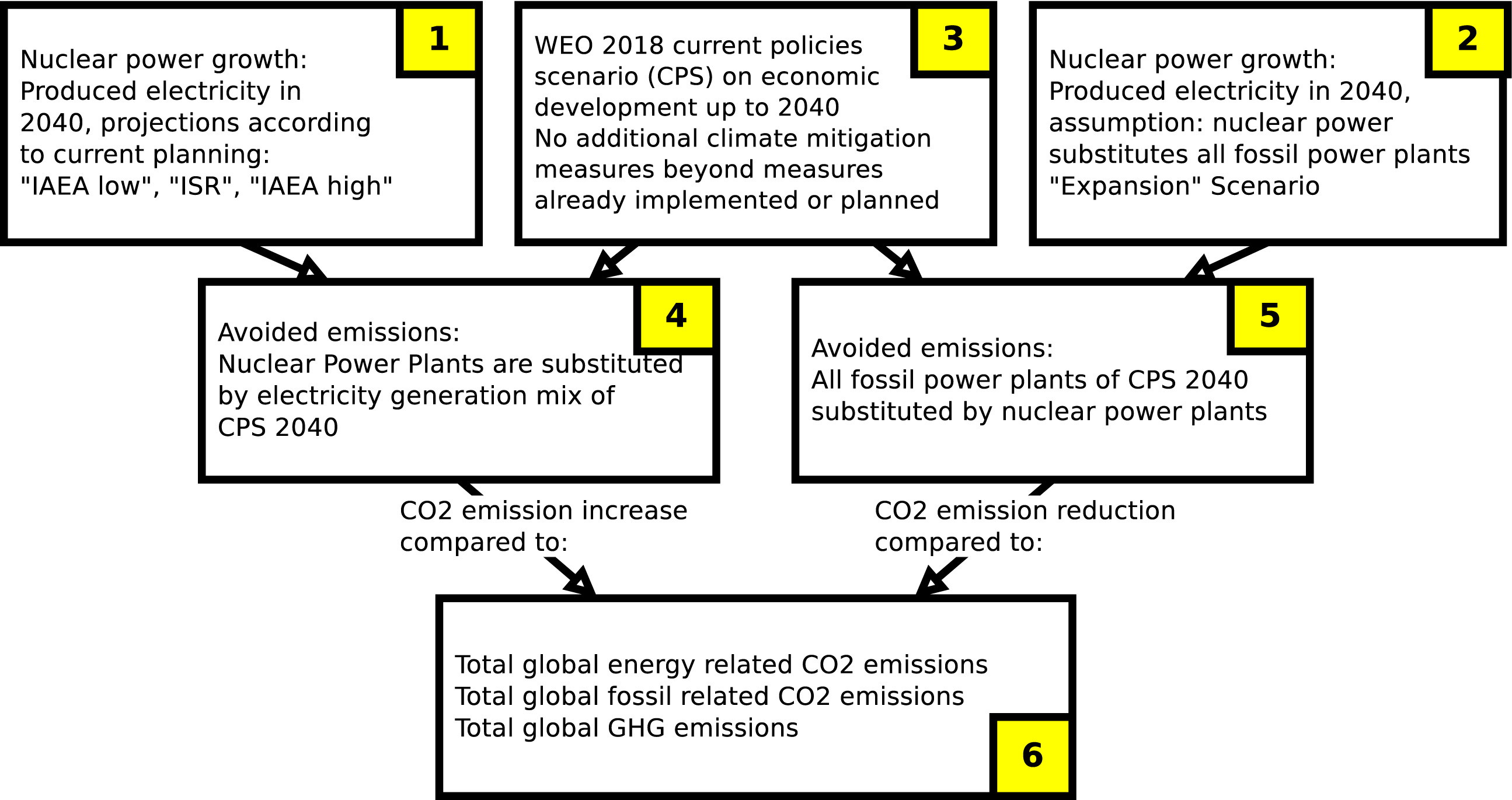A Personal View in support of SDGs 13 and 16, discussing the promise and limitations of framing climate change as a human health issue to create greater impact on policy makers and to accelerate the shift from evidence to policy action.
Background: Associations between high and low temperatures and increases in mortality and morbidity have been previously reported, yet no comprehensive assessment of disease burden has been done. Therefore, we aimed to estimate the global and regional burden due to non-optimal temperature exposure. Methods: In part 1 of this study, we linked deaths to daily temperature estimates from the ERA5 reanalysis dataset.
Heating and cooling in buildings account for nearly 20% of energy use globally. The goal of heating and cooling systems is to maintain the thermal comfort of a building's human occupants, typically by keeping the interior air temperature at a setpoint. However, if one could maintain the occupant's thermal comfort while changing the setpoint, large energy savings are possible.
Elsevier,
Amita Nakarmi, Sushil Kanel, Mallikarjuna N. Nadagouda, Tito Viswanathan,
Chapter 7 - Applications of conventional and advanced technologies for phosphorus remediation from contaminated water,
Editor(s): Uma Shanker, Chaudhery Mustansar Hussain, Manviri Rani,
In Micro and Nano Technologies,
Green Functionalized Nanomaterials for Environmental Applications,
Elsevier,
2022,
Pages 181-213,
ISBN 9780128231371
This chapter contributes to SDG 6 by introducing technologies for phosphorus remediation from contaminated water.
This book chapter advances SDG3 Good Health and Wellbeing and SDG10 Reducing Inequalities by showing how patients with disorders of the central nervous system are unique in the context of the COVID-19 pandemic.
Nuclear power's contribution to climate change mitigation is and will be very limited. Currently nuclear power avoids 2–3% of total global GHG emissions per year. According to current planning this value will decrease even further until 2040. A substantial expansion of nuclear power will not be possible. Given its low contribution, a complete phase-out of nuclear energy is feasible.
This Comment article supports SDGs 3 and 10; Bolajoko Olusanya reflects on her personal experiences with discrimination in her various engagements in global health as a Black African woman with a congenital disability, particularly in the aftermath of George Floyd's death.
This chapter advances SDG 6 by discussing recent advancement in the usage of nanocellulose as an adsorbent for water and wastewater treatment and by highlighting current challenges and limitations related to nanocellulose derived material applications at an industrial scale.
This chapter advances SDG 6 by presenting an overview of the development of polymeric adsorbents from different agrowastes along with used physical and methods with their success and shortcomings.
This chapter advances UN SDG goals 11 and 13 by examining how the development of clean technologies can reduce potential environmental and human health hazards associated with the production of nanotechnology products.


